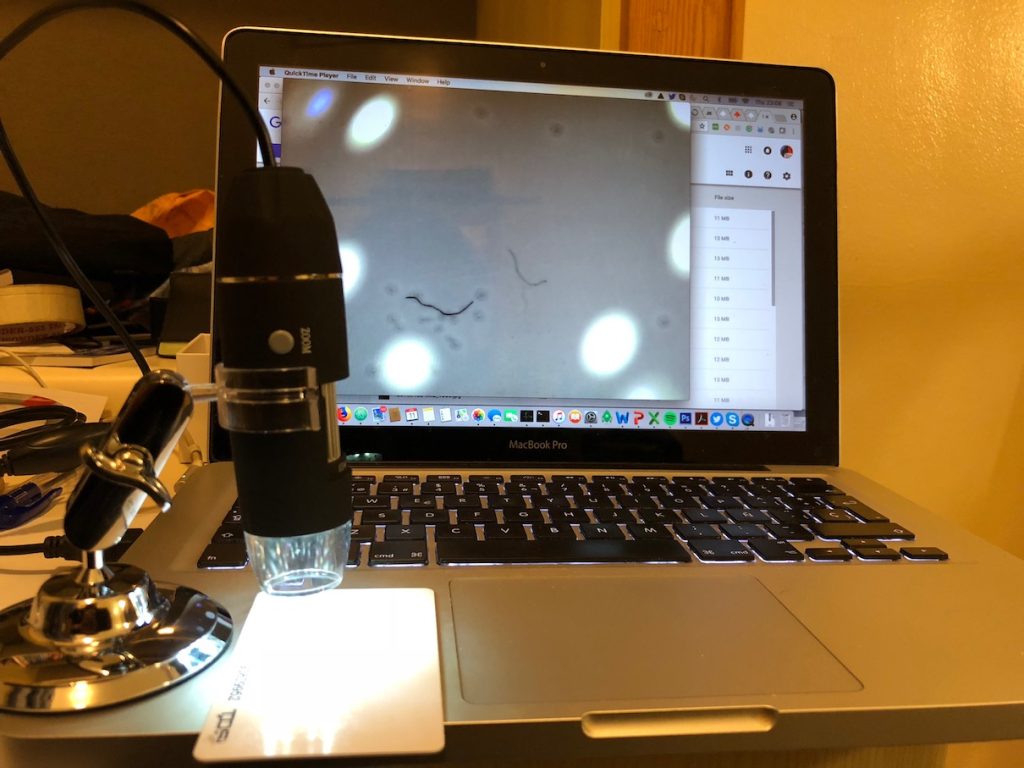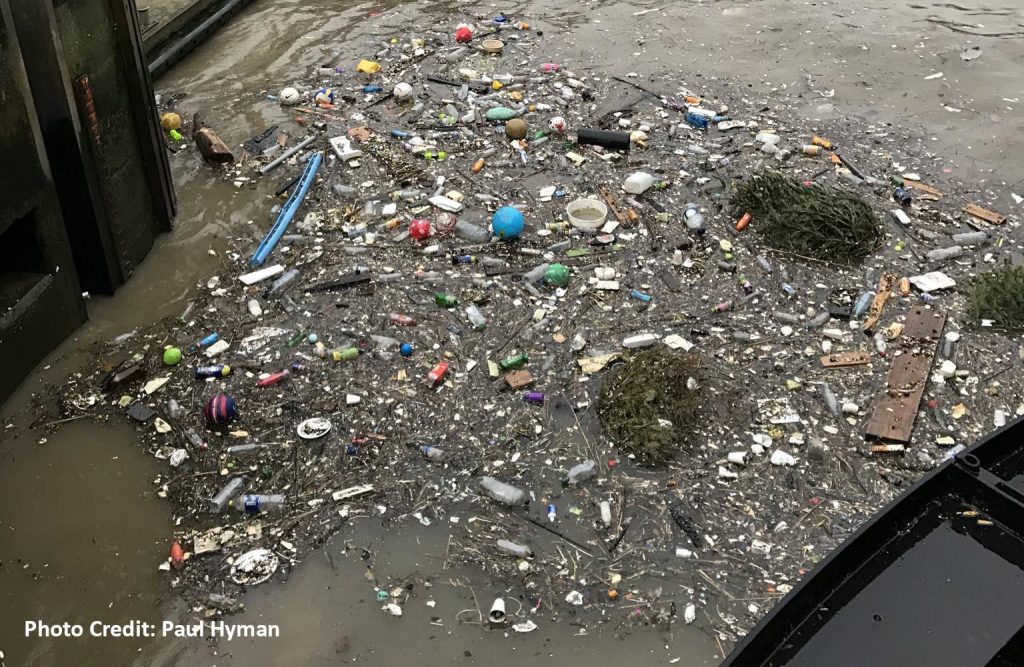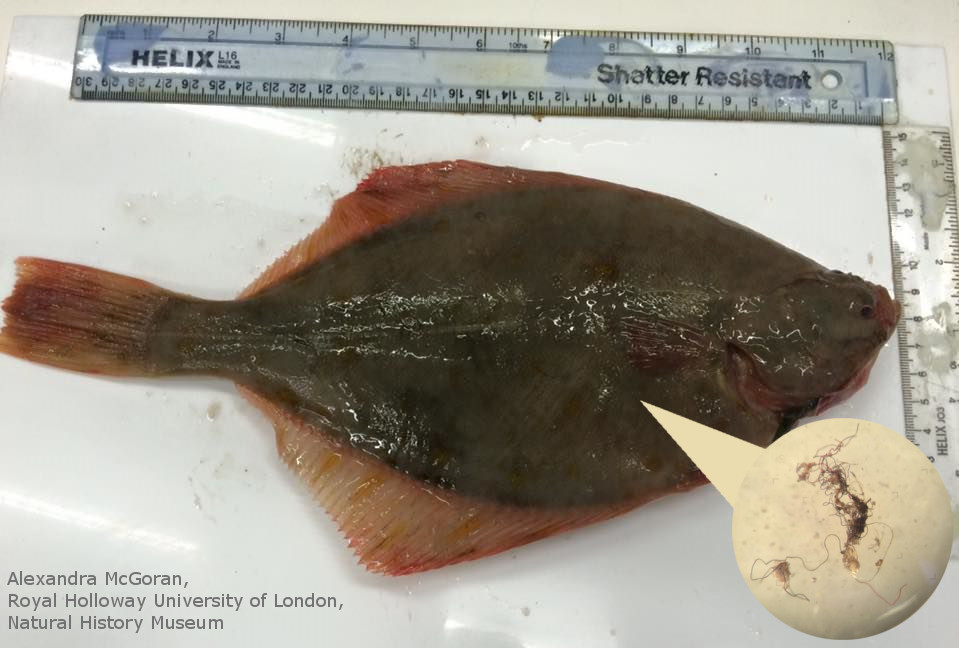*Reference Slides: http://bit.ly/2CvXzMM
A friend once asked me, “Is that water in your bottle or is the bottle in your water?” I was like, what? You do not make any sense!
In this article, we shall discuss the hidden plastic on our dinner table, inside our food, water, alcohol, air; everywhere. What is wrong with a bottle of water made of plastic? The Plastic Bottle? Of course, this is not wrong, but what else? After you have drunk your water, Will you eat the plastic bottle? Maybe not? Most of us do not prefer to eat plastic. Yet you just drank some plastic.
Did you know that 83% of tap water sampled were contaminated with plastic particles, even bottled water? You can’t see the plastic but it’s there. And plastic is found in unusual places, even in my favourite dinner of fish and chips. One-third of fish caught in the English Channel have plastic contamination. Did you know that sea salt, honey, beer, mussels, even chicken and air?
Plastic is the water I am drinking, the food I am eating and alcohol I am drinking. Literally everything on my dinner plate – has some plastic in it. I did not believe this. I am not a scientist and I contacted all the best universities to help me find out if this is true. However, I did not have the budget to hire their labs and then I went to Amazon, got a microscope for £20 and started sampling tap water. It is simple, you can do it too.This is what you will find, “microfibers”. These are tiny plastic fibres that leach out of our fleece jackets while washing.

But how did plastic get in there? Let me take you through one of the possible journeys. We buy our plastic water bottle in Camden Market, use it for ONLY 20 mins then we BIN it or worst case we throw it into the Regents Canal. Rain and the wind blow the content of overflowing bins, into the Canal, and then on to the river Thames, into the North Sea and to the Ocean. There, the plastic degrades to microplastics which act as magnets for toxic chemicals linked to cancer and other illness. Fish eat these microplastics and we eat them too.
These microplastics release these chemicals inside the fish and these chemicals are more dangerous than the microplastic themselves. Studies report poisoning, brain damage, hormonal issues, reproductive & sexual issues in marine life, and potentially in humans. E.g Studies report microplastics releasing chemicals linked to contraceptive pills which have been eaten by fish and finally ended up impacting the fish’s’ reproductive cycle. These microplastics break down to nano plastics which are even smaller and can penetrate the organs.The health impact on humans is not yet fully known. I think you can guess, to say the least beneficial.
Now, knowing there is plastic; Would you drink the glass of tap water we discussed before? Would you give the fish to your child?
The Irony is Yes, We would! but if we continue doing this, we will become like the fish. Contaminated.
I was shocked when I discovered that? What do you think a British Indian did to deal with this shock? “Have a cup of tea”. However, along with the sip of tea, I also had some refreshing polypropylene. Yes, these tea bags contain plastic too.
Now, don’t get me wrong. Plastic is a FANTASIC material. Look around you; your pen, coffee cup, glasses, mobile phone, bag, jumper, shoes, ALL contain plastic. If I had nuclear waste, I would use plastic bags to store it.We rely on it too much but we regard plastic as convenient, cheap, and disposable.
After reading this,
- Are we are worried about the dangers of plastic, IN OUR DIET?
- Should we take action to prevent the danger?
You are probably wondering Why am I telling you all this?
I was born in Dhemaji a remote village in the state of Assam in North East India, I grew up surrounded by water. But I could not swim. So, logically, I thought I would get into Ocean Racing and I signed up for the Clipper Round the World Race, to race a 70ft yacht from London to Rio de Janeiro.
Of course, by the time I got out there, I had learned to swim. Thought I’d better do that! This was Ocean Racing and we sailed to the remotest corners of the planet. Miles & miles from the shore, Henrick had to jump into the water to release these turtles caught in the fishing nets & bottles. This is just one example. These fishing nets and bottles will degrade to microplastics, fish will eat them and plastic will end up on our plate.
After the race, I was back in London and I remembered what my friend asked me “Is my water in my bottle or my bottle is in my water?”. I researched a lot, picked up my microscope and I wanted to share these dangers of plastic with everyone. The mainstream media and, of course, luminaries like Sir David Attenborough recently have been talking about Macro Plastics but the concern is still relatively low. I decided to be creative and come up with a wacky campaign to generate awareness and highlight the dangers of plastics.
I had seen and collected plastic from the river in London and I wanted to cycle the entire length of the river Thames to find out the impact of plastic pollution.
I picked up my handmade Bamboo bike, attached two floats to it; stuck a propeller & a rudder to the front wheel; two fishing nets to the rear rack and I was ready, well I thought I was ready.
Can you believe I capsized on the first day of the trial?
The first trial did not go as expected. Day 1, was the hardest. I had capsized again ;(, it was raining, it was dark, the bike was sinking and I thought for 10 seconds that the project, my adventure was over ;( but I continued anyway. I can be pretty stubborn.
Anyway, I got there and from the river I collected 66 items every day, around 11,000 bottles go to landfill every single minute in this country.
This campaign was really impactful! I was the only weird vessel on the river, this was a great conversation starter and everyone stopped, gave me a few looks and wanted to know ‘What the hell are you up to?’ , ‘Is this your road bike’ ,’Off road Cycling?’ , “You can’t escape cyclists, not even on the river’.
Now, I am finding a lot of plastic in the canals.

Here is a fish sampled from the Thames with microfibers inside.

Microfibers are also micro plastics but instead of degrading; leech out of our synthetic clothing during every wash. During a wash, our washing machines can release up to 1000,000 microfibers to the wastewater system, to the treatment plants and to the river, to the fish, and on to our plate.
So the question is, Do you want to be this fish? What can we DO to prevent ourselves eating plastic for dinner and prevent ourselves becoming like the fish? Indeed, how can we prevent the fish themselves from being killed by plastics?
All these are bad news but Of course, we can stop it. This is the good news. A lot of citizens led campaigns for a plastic-free aisle, refill stations, against plastic straws etc are gaining momentum. A lot of legislative actions are being passed and a lot of innovation is going on in the production of alternative packaging, circular economy etc. But What can WE as individuals do to make real, tangible change?
Let us stop this at its SOURCE, every TUESDAY. I invite you to go PLASTIC FREE for just one day – #plasticfreetuesday . I would start with a list of plastic items I use daily and tick them off one after one. For example, I will use a refillable water bottle, drink coffee in the cafe, bring my your own cutlery, you may want to buy in bulk from the farmers market, cook, reduce frequent washing of clothes, being smart with fast fashion purchase, using the stainless steel blades and the good old pen. Please search for more ideas using hashtag #plasticfreetuesday , learn about it, talk about it; with your family, friends, colleagues; because together we can make a big difference.
If we go plastic free for just one day, we will just in this room of 200 people save 1 ton of plastic every year, imagine how much more if we can get three of our friends and three of their friends to do it; Won’t that be amazing, a real start?
Please join me and share your achievements using hashtag #plasticfreetuesday . I hope you agree with this idea that is not just worth spreading but worth doing. Let us do this, For the sake of our world.
Slide Deck
http://www.slideshare.net/slideshow/embed_code/key/2LuxyViCeziGGE
The Hidden Plastic in our dinner from Dhrubajyoti Boruah
Pic Credit: Greenpeace